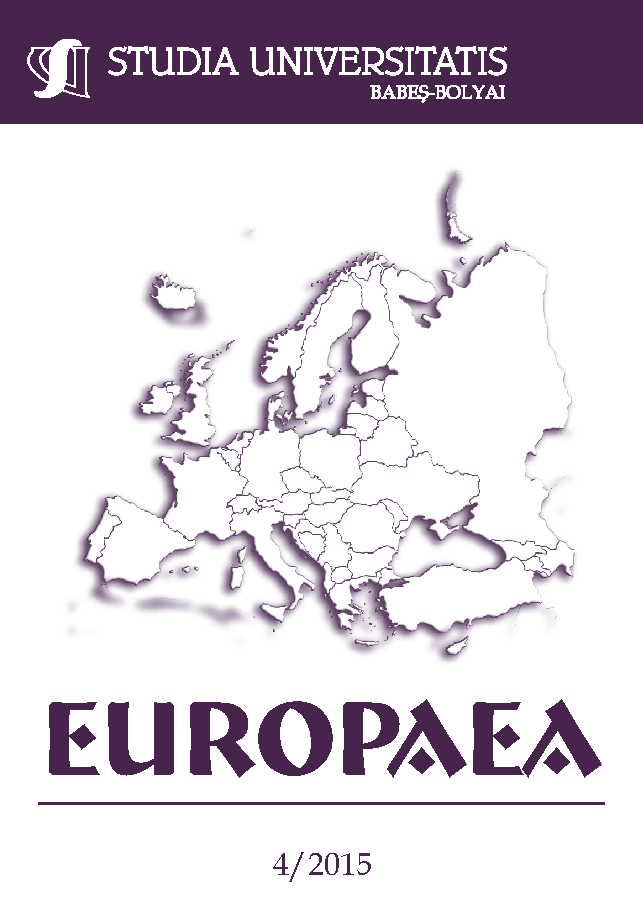MAINSTREAMING THE GENDER DIMENSION IN THE EUROPE 2020 STRATEGY
Keywords:
Europe 2020, gender, equalityAbstract
The purpose of this paper is to underline the importance of the gender dimension, which, unfortunately, was not specifically addressed in any of Europe 2020’s seven flagship initiatives. In spite of the fact that European Union has specific priorities and objectives regarding gender equality, clearly emphasized in the Strategy for equality between women and men, the gender dimension was omitted from those five quantifiable targets, except as regards the employment rate. Hence, the paper aims to emphasize the link between the Commission’s Strategy for equality between women and men (2010-2015), which is the best attempt to define a set of strategic objectives and indicators for gender-related issues, and the Europe 2020 Strategy, which puts forward a set of measures that will generate a smarter, more sustainable and more inclusive model across the European Union, by analyzing each of them, and to highlight that, in order to achieve the Europe 2020 targets, there is a sharp need for mainstreaming gender equality in the Europe 2020 Strategy.
References
European Commission, A Digital Agenda for Europe, COM(2010) 245 final, Brussels.
European Commission, An Agenda for new skills and jobs: A European contribution towards full employment, COM(2010) 682 final, Strasbourg.
European Commission, Europe 2020. A European strategy for smart, sustainable and inclusive growth, COM(2010) 2020, Brussels.
European Commission, Europe 2020 Flagship Initiative. Innovation Union, COM(2010) 546 final, Brussels.
European Commission, Report on equality between women and men 2014.
European Commission, Strategy for equality between women and men 2010-2015, Luxembourg: Publications Office of the European Union, 2011.
European Commission, Taking stock of the Europe 2020 Strategy for smart, sustainable and inclusive growth, COM(2014) 130 final, Brussels.
European Commission, The European Platform against Poverty and Social Exclusion: A European framework for social and territorial cohesion, COM(2010) 758 final, Brussels.
European Commission, Youth on the Move, COM(2010) 477 final, Brussels.
European Economic and Social Committee, The gender dimension in the Europe 2020 Strategy, SOC/471, Brussels, 2013.
Eurostat, Structure of Earnings Survey.
Rossilli Mariagrazia (ed.), Gender Policies in the European Union”, New York: Peter Lang Publishing, 2000.
Scambor Ellie et al., “Men and gender equality: European insights”, in Men and masculinities 2014, Vol. 17(5), pp. 552-577, DOI: 10.1177/1097184X14558239.
Special Eurobarometer 428, Gender equality; fieldwork: 29 November to 9 December 2014 (Wave EB82.4).
Swedish Presidency of the European Union, Division for Gender Equality, Conference report “What does gender equality mean for economic growth and employment?”, Strasbourg, 2009.
[http://eur-lex.europa.eu/legal-content/EN/TXT/PDF/?uri=CELEX:61975CJ0043&from=EN], 8 August 2015.
Downloads
Published
How to Cite
Issue
Section
License
Copyright (c) 2015 Studia Universitatis Babeș-Bolyai Europaea

This work is licensed under a Creative Commons Attribution-NonCommercial-NoDerivatives 4.0 International License.






